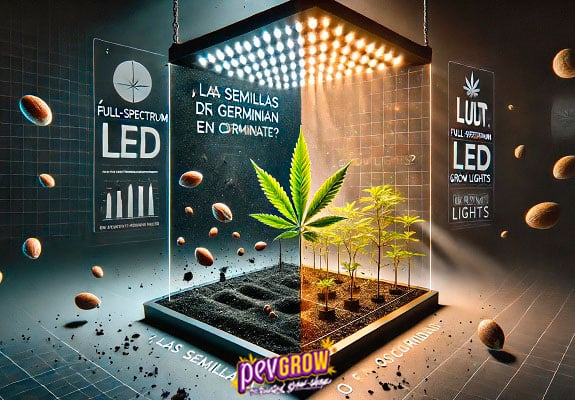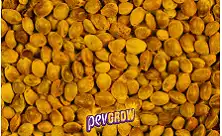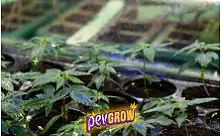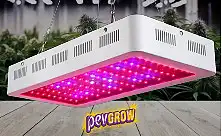- This article explores whether hemp seeds germinate better in light or darkness, detailing the science behind the germination process. It clarifies how darkness can favor initial germination by preserving energy and protecting the seeds, while after emerging, light becomes essential for the healthy growth of the plant.
- When to Germinate Marijuana Seeds According to the Moon
- How Long Does It Take for Cannabis Seeds to Germinate?


In constant struggle for the regulation of cannabis, mainly in the medicinal field.
09-08-2024 07:11:25 - Updated: 9 August, 2024
The hemp seeds can germinate in both light and dark conditions. However, to improve the success rate and optimize the process, it is common to germinate them in darkness or with minimal light exposure. This would be the short answer I would give you, but if you want to delve deeper into the topic, take a seat and get comfortable to better read the reasons for this statement.
✨ Do Hemp Seeds Germinate in Light or Darkness?
The germination of cannabis seeds is an essential biological process for the development of a healthy plant. Although they can germinate in both environments, there are scientific reasons that favor germination in darkness. This can be due to something entirely logical, as in nature, seeds generally germinate underground, where light does not reach. However, this is not always the case for all plants, but it is for hemp and cannabis seeds in general.
✅ Scientific Fundamentals of Germination in Darkness
- Energy and Biological Resources:During germination, hemp seeds activate their stored reserves to develop the radicle (primary root) and hypocotyl (the segment of the stem that emerges first). In darkness, the plant uses these reserves efficiently, without diverting energy to photosynthetic processes that are not necessary at this early stage.
- Imitation of the Natural Environment:In their natural environment, seeds are usually buried and therefore in darkness. This dark environment signals to the seed that it is still underground, which is a stimulus to begin vertical growth in search of light. This mechanism has allowed the survival and adaptation of many plant species throughout evolution.
- Protection Against Desiccation and Environmental Factors:Keeping the seeds in darkness helps preserve the moisture around them, crucial for their germination. Exposure to light, particularly direct sunlight, can increase temperature and reduce moisture, which can dry out the seeds and reduce successful germination rates.
❤️ The Importance of Light After Germination
Once the seed has germinated and the sprout emerges, light becomes an essential factor. Photosynthesis, the process that converts sunlight into chemical energy, is vital for the plant’s growth. At this stage, adequate light exposure is crucial for the healthy development of the plant. If you want to know more in this regard, I recommend reading this other article titled What to Do After Germinating Cannabis Seeds?
🔥 Additional Considerations
- Types of Light:If you decide to germinate in the presence of light, it is important to choose the right type. Artificial lights, such as full-spectrum LED grow lights, provide an adequate light spectrum for germination without the risk of overheating that direct sunlight might present.
- Stability of Conditions:Whether in light or darkness, maintaining stable environmental conditions such as temperature and humidity is crucial for successful germination. Fluctuations in these factors can negatively affect the process. To maintain the correct parameters, it is best to use germination kits and propagators, but if you can’t afford them, a Tupperware container also works well for this.
🎯 Conclusion
Although hemp seeds can germinate in both light and darkness, darkness is generally preferred for the initial stage. Once the plant emerges, adequate light is vital for its growth and healthy development. Understanding these aspects can significantly improve cultivation practices and ensure stronger and more productive hemp plants. Once germination ends, a new phase in the life of the plants begins, and if you want to know more about it, you can’t miss this article about cannabis seedlings.
👾 Frequently Asked Questions (FAQs)
- What happens if we germinate seeds without adding light?
- Seeds can germinate without light, especially in the early stages of radicle and hypocotyl development. However, light becomes crucial once the plants emerge and begin to develop their first true leaves, as photosynthesis is necessary for their growth.
- How does light affect germination?
- Light can affect germination in various ways, depending on the type of seed. Some seeds require light to germinate, while others, like hemp seeds, generally germinate better in darkness. Light affects the hormonal and developmental processes in seeds during their activation.
- How many hours of light does a newly germinated seed need?
- Once germinated, hemp seedlings benefit from about 14-16 hours of light per day for optimal growth. This amount of light helps simulate ideal spring and summer conditions, which are crucial for the juvenile development of the plant. If grown indoors, they can be given 18 hours of light daily as is normally done with marijuana.
- What happens to the seeds if they do not receive light?
- If germinated seeds do not receive light after emerging, they can develop etiolation, which is elongated and weak growth due to the lack of light. This type of growth results in fragile and less healthy plants.
- What light is best for germinating seeds?
- For seed germination, especially in controlled environments, modern full-spectrum LED grow lights are recommended. These lights provide a proper balance of blue and red light, essential for initial growth and efficient photosynthesis, without the risk of drying out or burning young seedlings.









Thanks to the article, I now know that it is better to germinate in darkness, but it’s okay if the seeds receive some light.